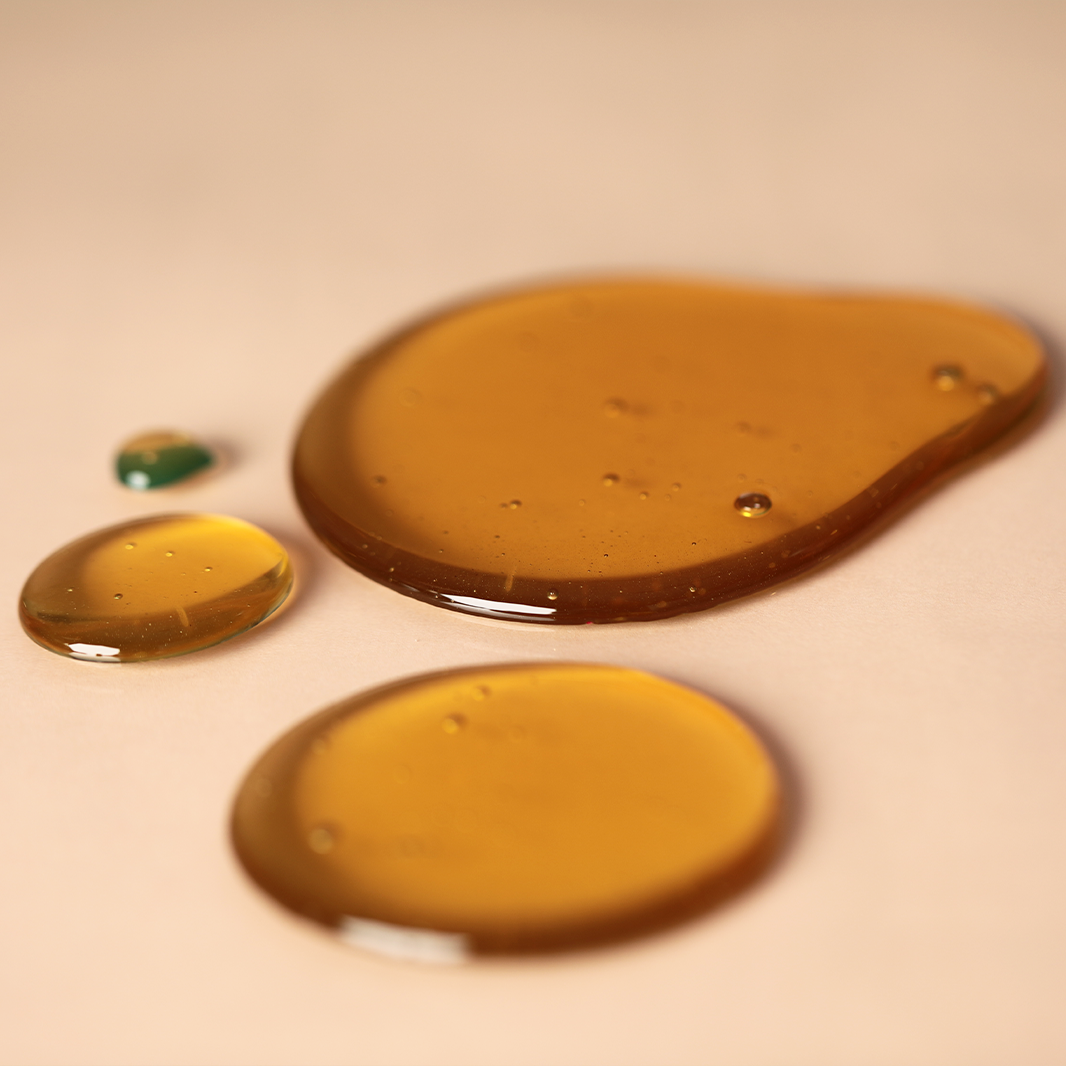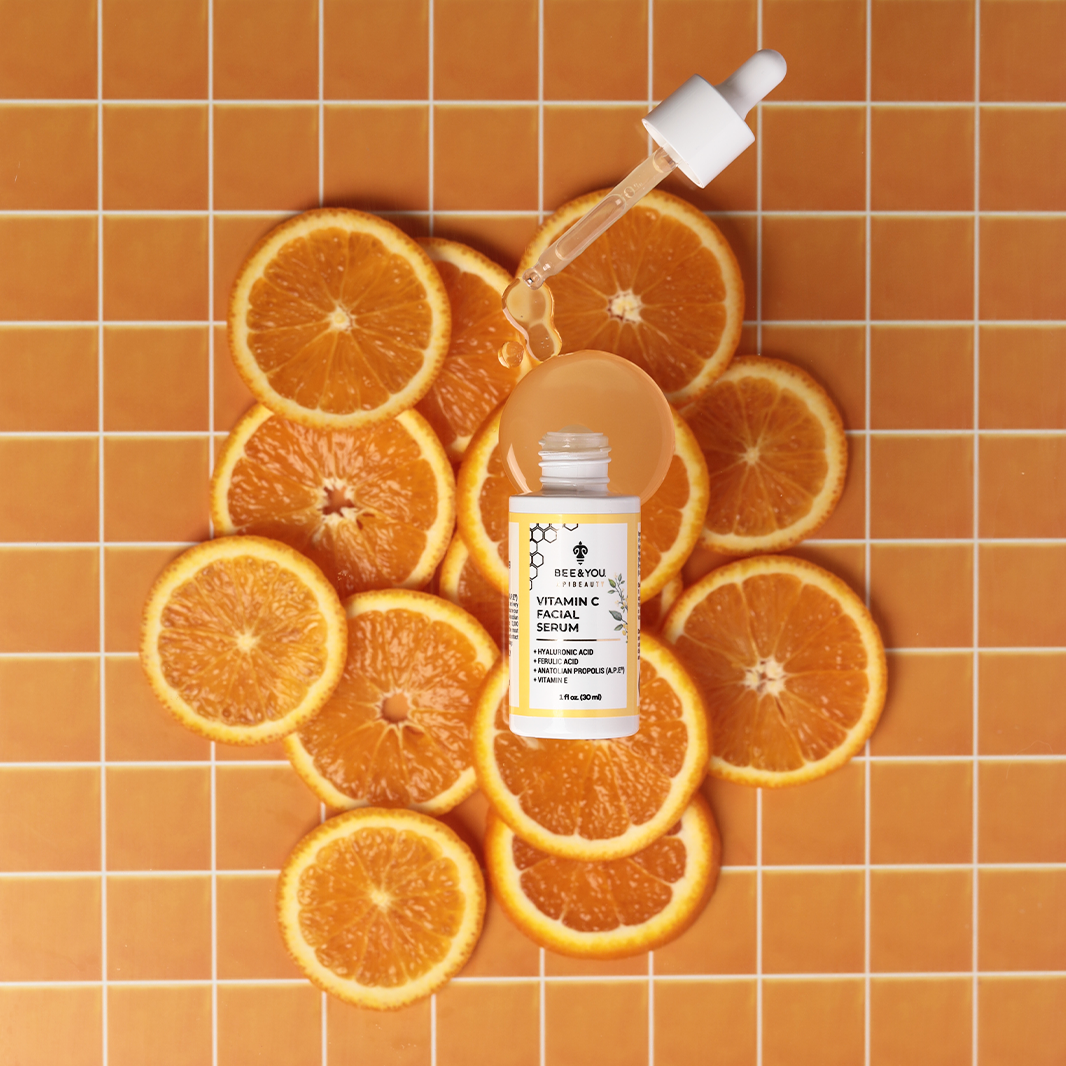Royal jelly is one of the most remarkable commercial bee products used in cosmetics, medicine, and as a dietary supplement. This study aimed to determine some quality parameters (amino acid, multi-elemental, total phenolic-flavonoid, 10-HDA, sugar, and moisture content) as well as antioxidant and antimicrobial activities of different royal jelly samples (domestic and non-domestic samples). In this study, royal jelly samples exhibited high antioxidant and antimicrobial activity. 10-HDA values were found to be higher in domestic royal jelly samples (2.17–2.71%) compared to non-domestic samples (0.31–1.71%). Also, it was found that the acidity value varied between 2.57–3.37 mL 0.1 N NaOH/g and 3.87–4.97 mL 0.1 N NaOH/g in non-domestic and domestic royal jelly samples, respectively. L-Proline was the amino acid with the highest rate of occurrence in both domestic (21972.39–35053.00 nmol/g) and non-domestic (19688.31–21711.50 nmol/g) samples. It was determined that the new method developed for amino acid analysis has many advantages over other methods. Chemometrics of principal component analysis (PCA) showed that amino acid profile, elemental profile, and chemical parameters were capable of presenting characteristic and descriptive properties of royal jelly samples. In addition to these findings, Raman spectroscopy combined with chemometrics of hierarchical cluster analysis (HCA) was successfully used to distinguish domestic and non-domestic royal jelly samples. The obtained results will provide an important basis for subsequent research on the evaluation of the amino acid content, physicochemical properties, phenolic content, and the antioxidant and elemental profile of royal jelly.
Read More: https://www.tandfonline.com/doi/abs/10.1080/00218839.2021.1889222






